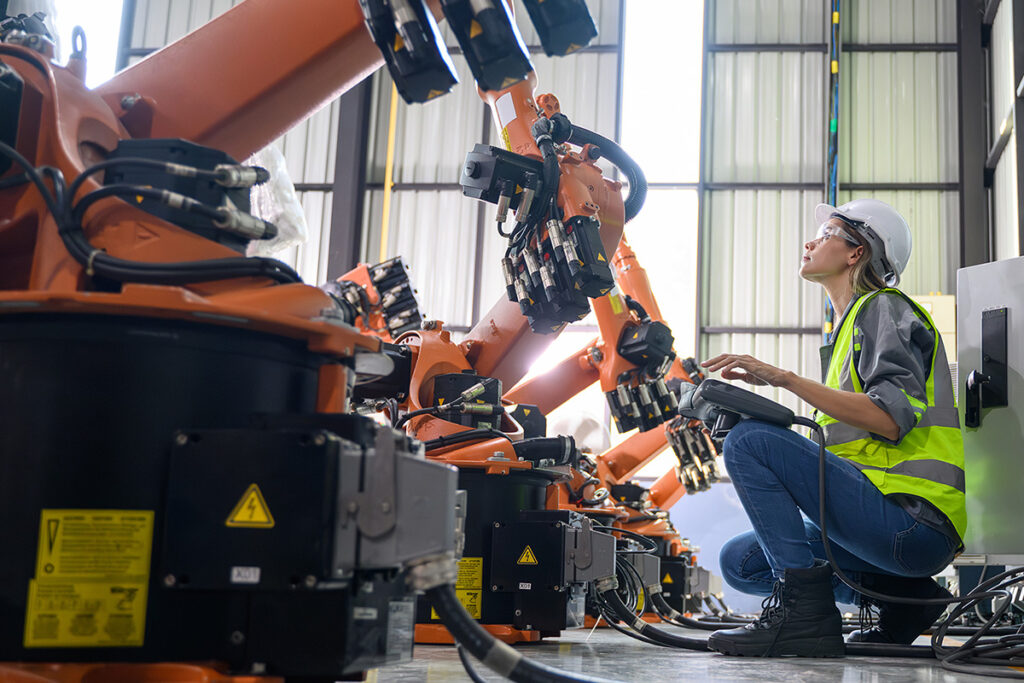State of Workforce
TIP has spent 30 years at the intersection of economic and workforce development. Our early adoption of a holistic approach that acknowledged the important role of talent in economic vitality anticipated a shift in the profession. TIP CEO and founder Tom Stellman looks back at company milestones in this practice area and considers future trends.









